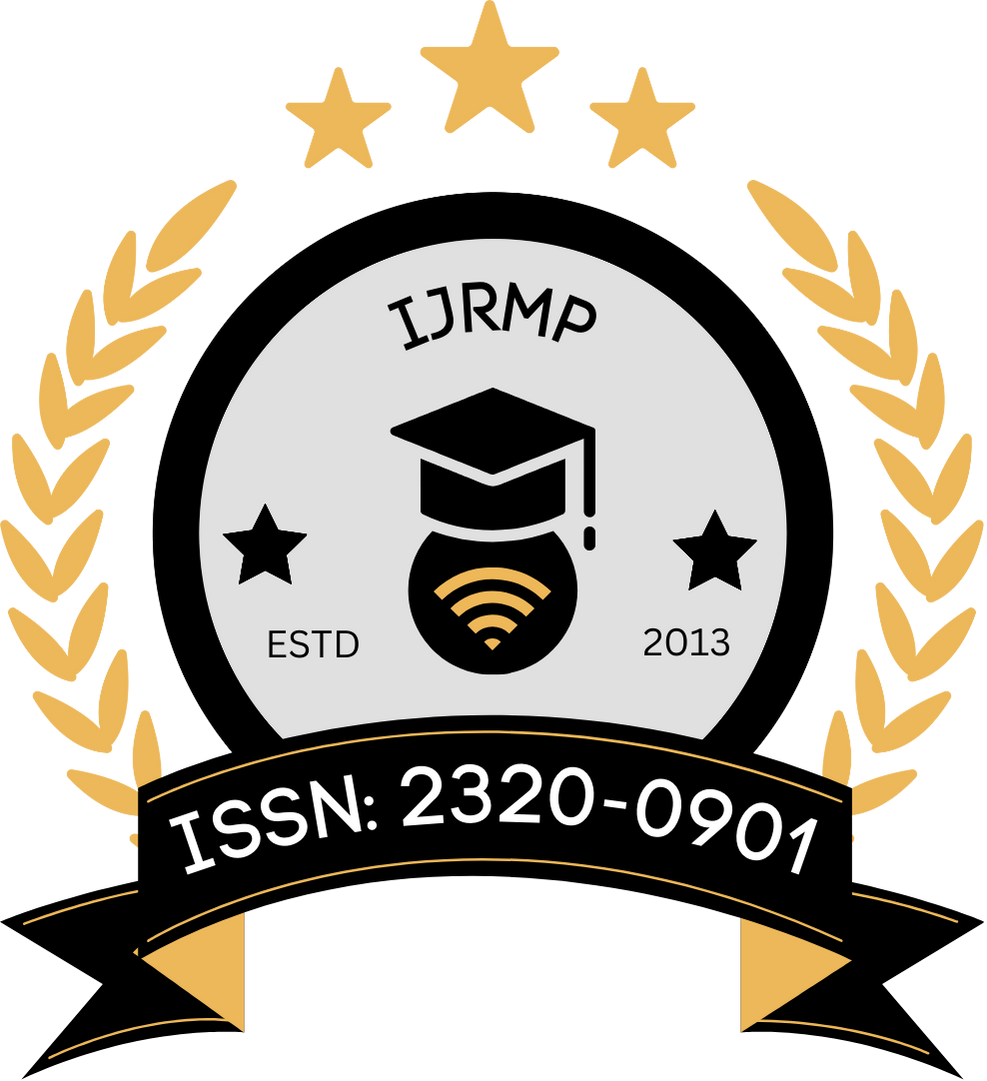![]()
Arjun Mehta
Independent Researcher
Delhi, India
Abstract
Microencapsulation has emerged as a pivotal technology in pharmaceutical sciences, enabling sustained and targeted drug delivery while improving the stability and bioavailability of therapeutic agents. By enclosing active pharmaceutical ingredients within biodegradable polymeric matrices, microencapsulation allows for controlled release profiles that enhance therapeutic outcomes and reduce dosing frequency. This manuscript explores the advancements in microencapsulation technologies focusing on sustained drug release, including methods such as coacervation, spray drying, solvent evaporation, and interfacial polymerization. Furthermore, it critically evaluates various encapsulating materials such as alginate, gelatin, poly(lactic-co-glycolic acid) (PLGA), and ethyl cellulose, and their influence on drug release kinetics. The review also highlights innovative approaches integrating mucoadhesive properties, stimuli-responsive polymers, and nanotechnology, which were laying the foundation for next-generation formulations even before 2014. The discussion underscores how such advancements contribute to improved patient compliance, reduced systemic toxicity, and prolonged therapeutic action in both oral and parenteral drug delivery systems.
Keywords
Microencapsulation, sustained release, drug delivery, polymeric carriers, controlled release, biodegradable polymers, coacervation, PLGA, pharmaceutical innovation
References
- Alonso, M. J., & Sánchez, A. (2003). The potential of chitosan in ocular drug delivery. Journal of Pharmacy and Pharmacology, 55(11), 1451–1463. https://doi.org/10.1211/002235703322476219
- Arshady, R. (1991). Microspheres preparation by solvent evaporation technique. Journal of Controlled Release, 17(1), 1–22. https://doi.org/10.1016/0168-3659(91)90064-V
- Bodmeier, R., & McGinity, J. W. (1987). The preparation and evaluation of drug-containing poly(dl-lactide) microspheres formed by the solvent evaporation method. Pharmaceutical Research, 4(6), 465–471. https://doi.org/10.1023/A:1017457014830
- Chowdhury, P., Saha, A., & Islam, M. S. (2012). Microencapsulation: Basic concepts, methods of preparation and applications. Current Drug Delivery, 9(1), 56–64. https://doi.org/10.2174/156720112798472446
- Dash, A. K., & Cudworth, G. C. (1998). Therapeutic applications of implantable drug delivery systems. Journal of Pharmacological and Toxicological Methods, 40(1), 1–12. https://doi.org/10.1016/S1056-8719(98)00045-7
- El-Shabouri, M. H. (2002). Positively charged nanoparticles for improving the oral bioavailability of cyclosporin-A. International Journal of Pharmaceutics, 249(1–2), 101–108. https://doi.org/10.1016/S0378-5173(02)00496-7
- Freiberg, S., & Zhu, X. X. (2004). Polymer microspheres for controlled drug release. International Journal of Pharmaceutics, 282(1–2), 1–18. https://doi.org/10.1016/j.ijpharm.2004.04.013
- Fu, K., Pack, D. W., Klibanov, A. M., & Langer, R. (2000). Visual evidence of acidic environment within degrading poly(lactic-co-glycolic acid) (PLGA) microspheres. Pharmaceutical Research, 17(1), 100–106. https://doi.org/10.1023/A:1007522624561
- Gombotz, W. R., & Pettit, D. K. (1995). Biodegradable polymers for protein and peptide drug delivery. Bioconjugate Chemistry, 6(4), 332–351. https://doi.org/10.1021/bc00034a002
- Jain, R. A. (2000). The manufacturing techniques of various drug-loaded biodegradable poly(lactide-co-glycolide) (PLGA) devices. Biomaterials, 21(23), 2475–2490. https://doi.org/10.1016/S0142-9612(00)00115-0
- Jain, S., & Jain, N. K. (2010). Multiparticulate drug delivery systems for controlled release. Pharmaceutical Technology, 34(5), 54–66.
- Khoshnevisan, K., Maleki, H., Samadian, H., & Bahrami, S. (2013). Biomedical applications of chitosan and its derivative nanoparticles. Trends in Biotechnology, 31(10), 544–556. https://doi.org/10.1016/j.tibtech.2013.07.001
